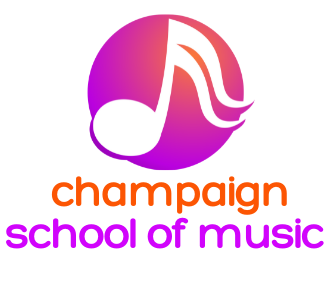The dynamics of music—3 ways to play more expressively
Teaching students to play music more expressively is an important aspect of musical education that goes beyond just playing the notes correctly. It involves conveying emotions, dynamics, and nuances in the music to create a more engaging and artistic performance. Here are three effective ways to teach students how to play music more expressively:
The first step in teaching a student about playing music expressively is making sure they understand the music and its context. Encourage the students to thoroughly analyze the piece of music they are learning. Discuss its historical context, the composer's intentions, and the emotions it conveys. Next, highlight the key elements that contribute to expressiveness, such as dynamics (loudness and softness), tempo (speed), articulation (how notes are played, e.g., staccato, legato), and phrasing (how notes are grouped together). Help the student identify the emotional content of the music and encourage them to connect with it on a personal level. A great way of helping this process along is by asking a student to create a story based on the context of the music.
After the student has a good foundational understanding of the music and the context, it is time to emphasize phrasing and musicality. Teach the student to think in phrases rather than just individual notes. They can think of their phrases as musical sentences. Encourage them to shape and mold the music by grouping notes into musical phrases, just as they would when speaking or singing. Work on creating dynamic contrasts within phrases. Teach students to use crescendos (getting louder) and diminuendos (getting softer) to add depth to their interpretation. Explore the use of rubato, which is a subtle stretching or speeding up of tempo for expressive purposes. This technique can add a sense of freedom and emotion to the music.
One of the best ways to teach a student to play music expressively is through the encouragement of active listening and self-expression. Encourage the student to actively listen to professional recordings of the music they are learning. Ask them to pay attention to how accomplished musicians interpret and express the piece. Have the students then try to replicate what they heard from the recording and have them tell you what worked and what did not work. Promote self-expression by asking the students to experiment with different interpretations. Encourage them to express their emotions through the music, allowing for individual creativity. Finally, provide opportunities for students to perform in front of their peers or in recitals. Performing in front of an audience can motivate students to put more effort into expressive playing.
Additionally, you can use specific exercises and techniques to help the student develop their expressive skills, such as:
Playing with varying dynamics: Have the students practice playing a passage with a wide range of dynamics, from very soft to very loud, to explore the emotional impact of dynamics.
Experimenting with articulation: Ask the students to experiment with different articulation styles, such as legato (smooth and connected) and staccato (short and detached), to see how they affect the music's expression.
Using imagery: Encourage the students to visualize a story or scene that relates to the music they are playing. This can help them convey emotions and narrative in their performance.
Encouraging active body language: Teach the students to use their body language, including facial expressions and body movements, to convey emotions and engage with the audience.
Overall, teaching expressive playing in music involves a combination of musical analysis, technical skills, creativity, and emotional connection to the music. By guiding students through these aspects and providing opportunities for self-expression, you can help them become more expressive and engaging musicians.
